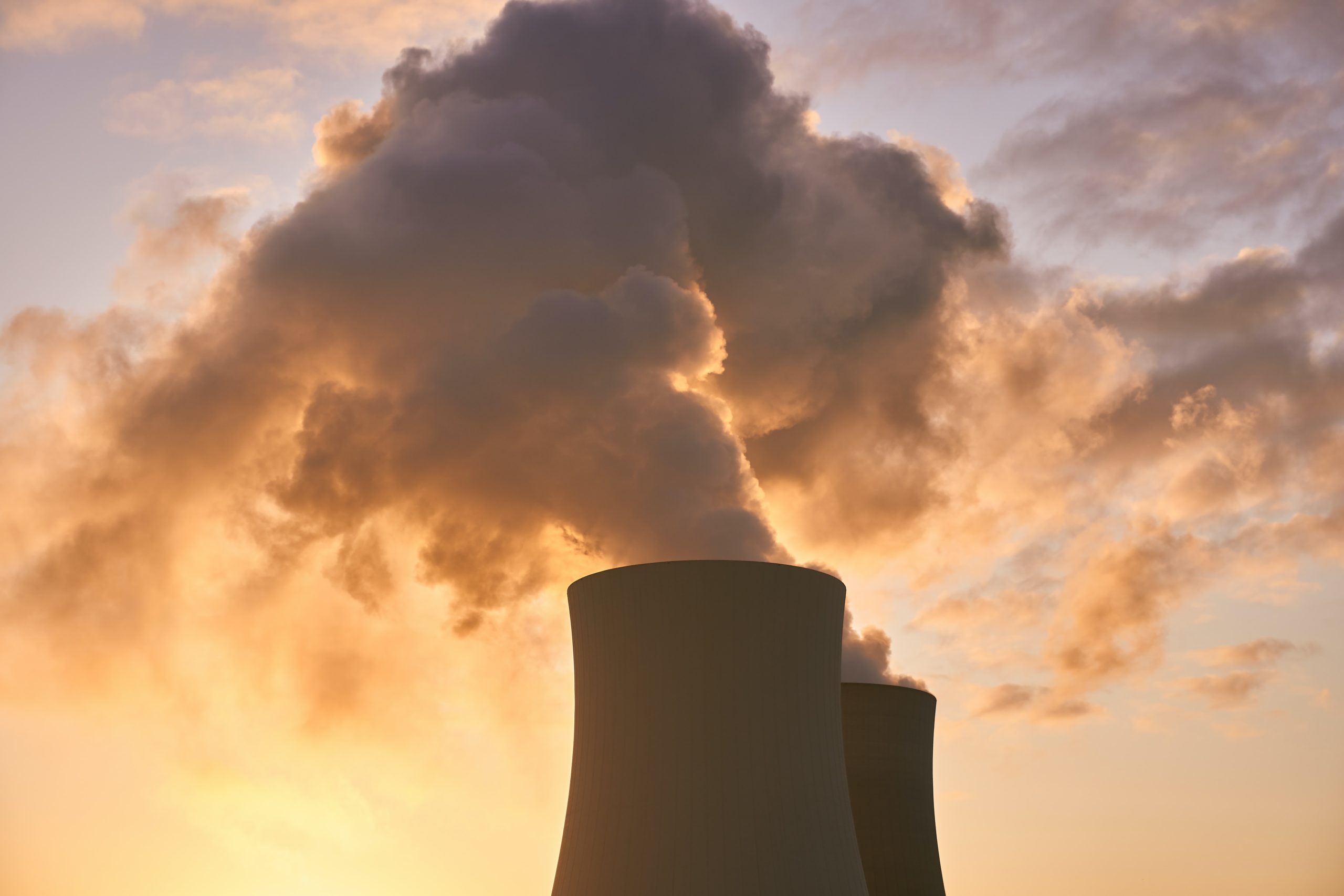As society scrambles for new ways to slow the rate at which the Earth is warming, one technology in particular is attracting a lot of attention.
Carbon capture involves trapping carbon emissions before they are able to escape into the atmosphere and warm the planet. Supporters say that it could play a key role in slowing down global warming by limiting pollution. It’s gaining major support in Texas, with companies like BP and Exxon planning to build a whole carbon capture complex in Houston.
But carbon capture is also expensive in terms of water, energy and money. Sara Sneath, an investigative reporter in New Orleans, recently wrote about the cost of a proposed carbon capture project in Louisiana. She spoke to the Texas Standard about the technology’s growing momentum.
This transcript has been edited lightly for clarity:
Texas Standard: First, say a little bit more about how carbon capture works. The basic idea is to catch emissions and shoot them underground?
Sarah Sneath: Yeah. So I think there’s sometimes a little bit of a misconception of what carbon capture might look like, that it would be some kind of umbrella that, as the emissions flowed up, it catches it in an actual physical device. But in reality, it’s more of a chemical process, where they spray a chemical onto the exhaust of a fossil fuel burning facility, and that chemical binds with carbon. Then it’s sent to another process where those two chemicals – the carbon and the chemical used to strip the carbon – are broken apart. The carbon is then, like you said, sent underground, and that could be for storage, or it could be sent to an aging oilfield to pump out more oil.
You see a lot of smoke generated there in the Houston area. Would this mean, if you had a carbon capture facility, that those smokestacks would suddenly not be belching all that carbon into the air?
What’s in those things belching into the air that you just mentioned isn’t just carbon. So the other chemicals – the other emissions that people are worried about how they impact health – those emissions would still exist. It’s only the carbon that it would take out.
So why has this approach become so popular with oil and gas industry and government bodies, too?
Well, a big part of it is the amount of money that’s coming down from the federal government, and that’s both in the bipartisan infrastructure law – there’s $12 billion for carbon capture there – and in the Inflation Reduction Act, there’s tax breaks for carbon capture. It’s such an appealing method because you don’t have to slow the burning of fossil fuels. So it seems like a great approach for oil and gas companies because they wouldn’t have to cut back on their product. But, as you heard from the story, there’s other concerns. Part of it is that the process itself is just so energy intensive, and as you use more energy, you use more water.
And water, of course, is a very precious resource certainly here in Texas. Where does that water come from?
Well, when you’re talking about fresh water, that water can come from underground aquifers or it could come from rivers and lakes. Power plants are already a large user of water, and they use that water for cooling their equipment after they burn fossil fuels. This will require burning more fossil fuels in order to run the carbon capture equipment, and that means using more water.
I was reading an article in a progressive magazine called Common Dreams, and the writer there was very much against this approach. The writer said “carbon capture refers to pie-in-the-sky greenwashing technologies meant to remove carbon pollution from smokestacks or the atmosphere. And Big Oil is all for it, because it means they can go about business as usual – polluting and plundering, just with a shiny new toy attached.” Pretty scathing indictment. How does that square with the reality of the situation on the ground as you know it?
Yeah, I mean, I think that’s pretty accurate. In addition, like I said, the toxic emissions still exist. So the people who live near the facilities still have the air pollution that they have to breathe. The carbon capture hasn’t actually been used to scale out of facility yet, even though it’s been talked about for probably 30, 40 years. This is the same thing that we talked about when we used to say clean coal, which is another greenwashing idea.
So this will not be effective in reducing the amount of carbon that’s spewed into the atmosphere?
It could potentially reduce carbon. But I think that the fossil fuel industry’s big point is that it could be less expensive than building renewables because you’re retrofitting this onto facilities. But in reality, that might not be the case. There is a study I mentioned in my story by Energy Innovation: Policy and Technology that found that coal plants retrofitted with carbon capture were three times more expensive than wind and two times more expensive than solar.
















